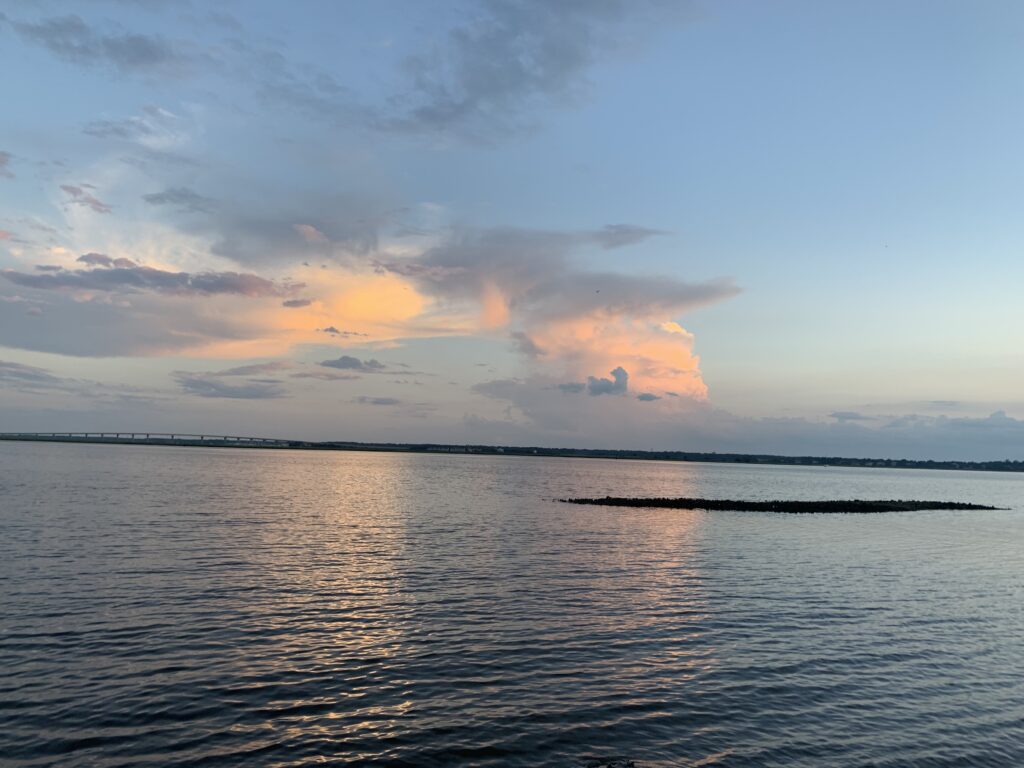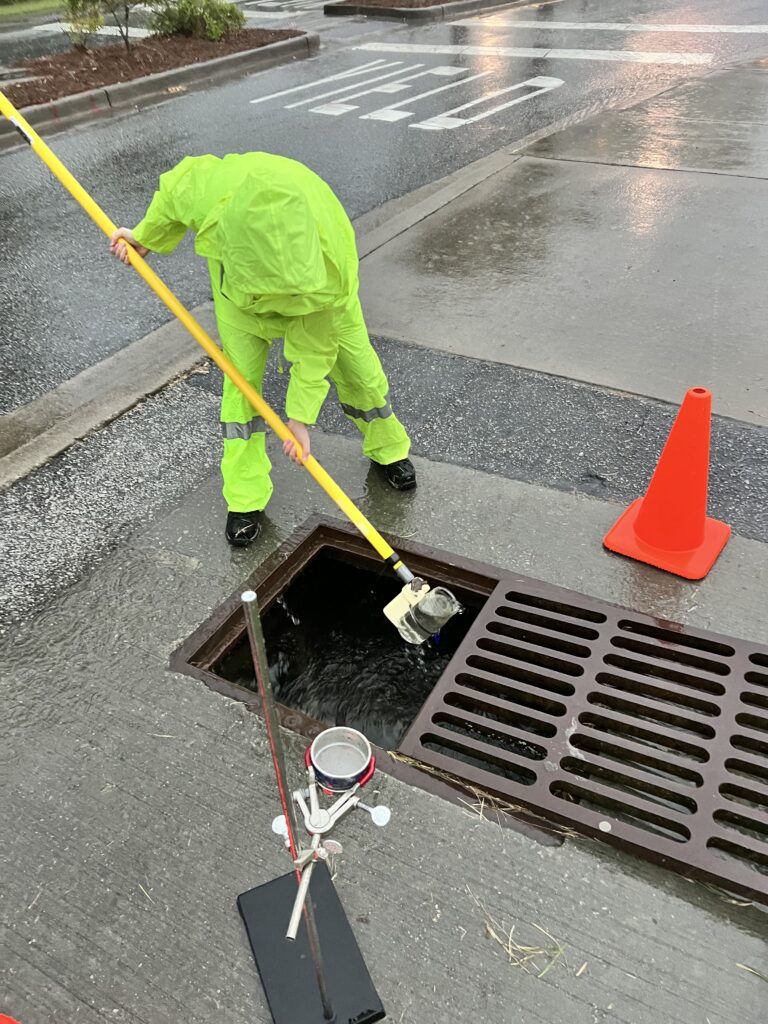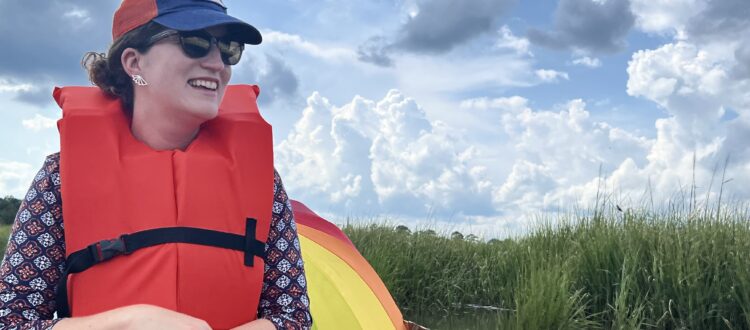INTERVIEW WITH BARBARA BECKINGHAM
We caught up with the brilliant, Barbara Beckingham!
HP: Why do you choose to support Charleston Waterkeeper?
BB: The energy and commitment of Charleston Waterkeeper is very inspiring to me, as a resident and as an environmental scientist. In our local waterways is where I study ways to detect and understand the behavior and potential impacts of pollutants. Charleston Waterkeeper leads studies to monitor, report and advocate on water quality issues and are also a great collaborators. These days, it’s incredibly important to pool expertise and resources towards this common mission to protect the health of our waterways.
HP: What is your favorite way to enjoy clean water?
BB: Like star gazers, I’m a water gazer. I’m apt to get lost in thought watching a stream flow or waves crash. But my other favorite way to enjoy clean water is rowing. I was on the crew team for a couple seasons in college and rowed on the Ashley River with the Charleston City Rowing Club when I was more of a morning person. I love the rhythm and connection of rowing. Nowadays I have a 19’ wooden dory that I take out into tidal creeks.
HP: What is your favorite waterway in Charleston?
BB: My home watershed is the Stono River. I like to bike to the outlet of Wappoo Creek or else take the West Ashley Greenway out to where it meets the Stono. These are great spots for sunsets or to spot marsh life, and it fills my cup.
HP: Tell us about what you have been working on or a recent project
BB: I’ve been working recently with students at College of Charleston on a few projects related to pollution by microplastics and tire wear particles and their associated additives, like plasticizers, oils and antioxidants, that pose chemical toxicity concerns. Last year, we collected urban runoff in Mt. Pleasant during a rain storm to evaluate whether microplastics and tire particles are captured by a special kind of storm sewer catchbasin device. We found up to hundreds of microplastics per liter and even higher concentrations of tire road wear particles during the “first flush” of the storm runoff, and a higher-than-expected ability of the device to capture them. Storms can export a lot of microplastics to surface waters, but our results indicate that these devices may be one way to help reduce microplastic pollution. I’m also working with Waterkeeper staff scientist Cheryl Carmack, intern Britney Prebis and Adopt-a-Stream volunteers on community science microplastic monitoring. We hope that extending our sampling and analysis reach with Waterkeeper supporters will help to fill important knowledge gaps about microplastic levels across the watershed and over time that can help us better understand potential environmental health risks and mitigation strategies to reduce sources.
HP: Tell us something interesting about yourself that we might not know
BB: I grew up in the freshwater quarries and lakes of the Adirondacks and Western New York State. As unique and beautiful as our Lowcountry waterways & beaches are, I get homesick if I don’t return north to jump in a cold lake every summer!
Barbara Beckingham, Associate Professor in Department of Geology & Environmental Geosciences at College of Charleston



